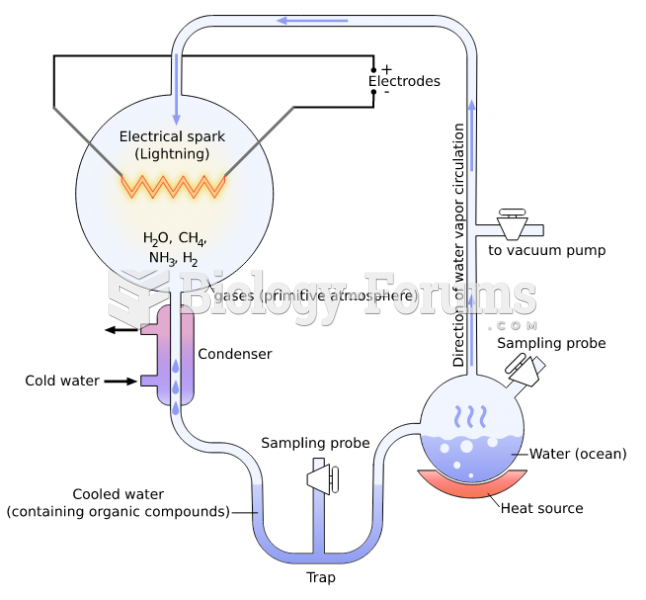Definition for Abiogenesis
From Biology Forums Dictionary
Abiogenesis is the study of how biological life could arise from inorganic matter through natural processes. In particular, the term usually refers to the processes by which life on Earth may have arisen. The geologic era in which abiogenesis likely took place was the early Eoarchean era (between 4.0 and 3.6 billion years ago, i.e. the time after the Hadean era in which the Earth was essentially molten) with abiogenesis occurring between 3.9 and 3.5 billion years ago.
Most amino acids, often called "the building blocks of life", were shown to be synthesized in the Miller–Urey experiment and similar experiments that involved the simulation of some of the hypothetical conditions of the early Earth. Other equally fundamental biochemicals, such as nucleotides and saccharides can arise in a similar manner. In all organisms, these biochemicals are organized into more complex molecules, such as proteins, polysaccharides, and nucleic acids. These three molecules are essential for all life functions and are common to all presently living organisms. The construction of these macromolecules is mediated by nucleic acids and enzymes, that are themselves synthesized through biochemical pathways catalysed largely by proteins. Which of these classes of organic molecules first arose, and how they might have come together to form the first living organisms, has been in the past a major topic of abiogenesis.
The first living things on Earth are thought to have been single-cell prokaryotes (which lack a membrane-bound nucleus), perhaps evolved from protobionts (organic molecules surrounded by a membrane-like structure). The oldest ancient fossil microbe-like objects are dated to be 3.5 Ga (billion years old), approximately one billion years after the formation of the Earth itself, with reliable fossil evidence of the first life found in rocks 3.4 Gyr old. By 2.4 Ga, the ratio of stable isotopes of carbon, iron and sulfur shows the action of living things on inorganic minerals and sediments and molecular biomarkers indicate photosynthesis, demonstrating that life on Earth was widespread by this time.


